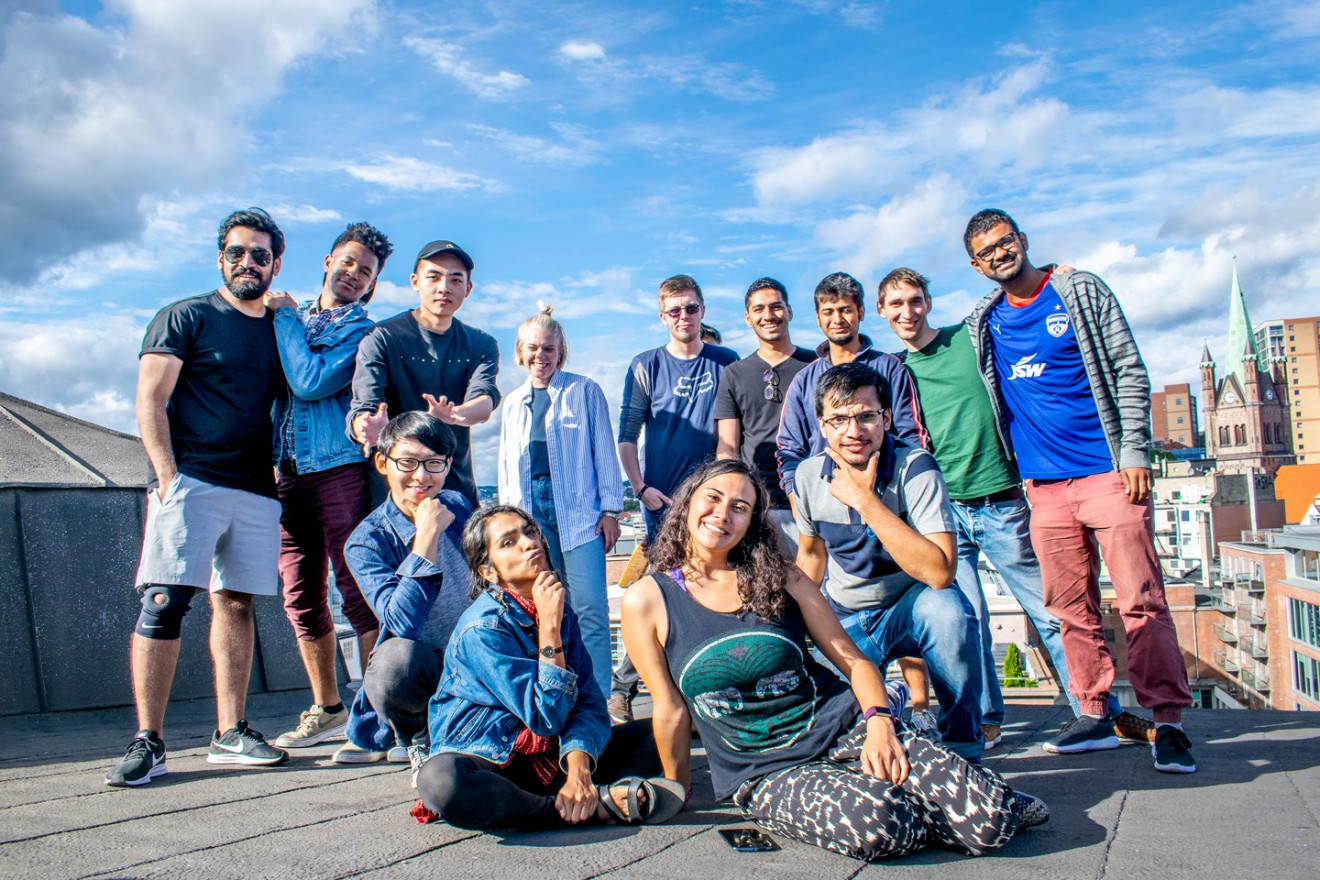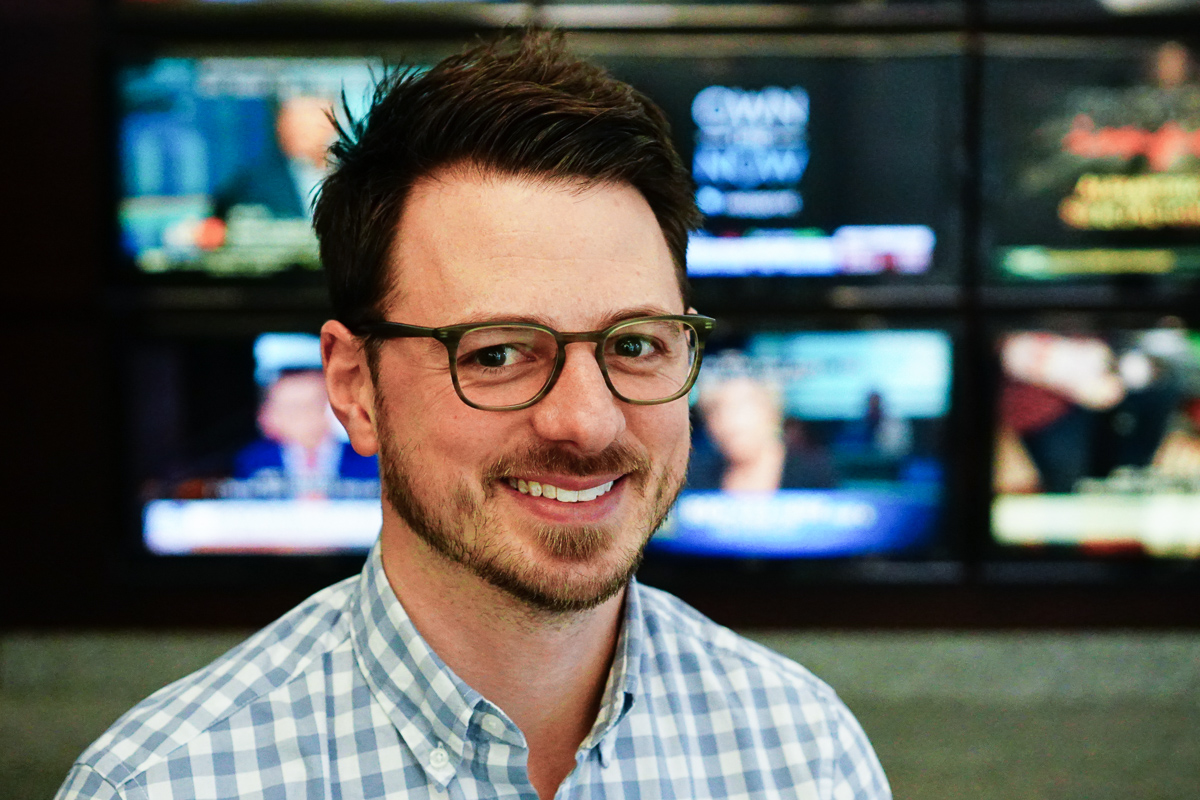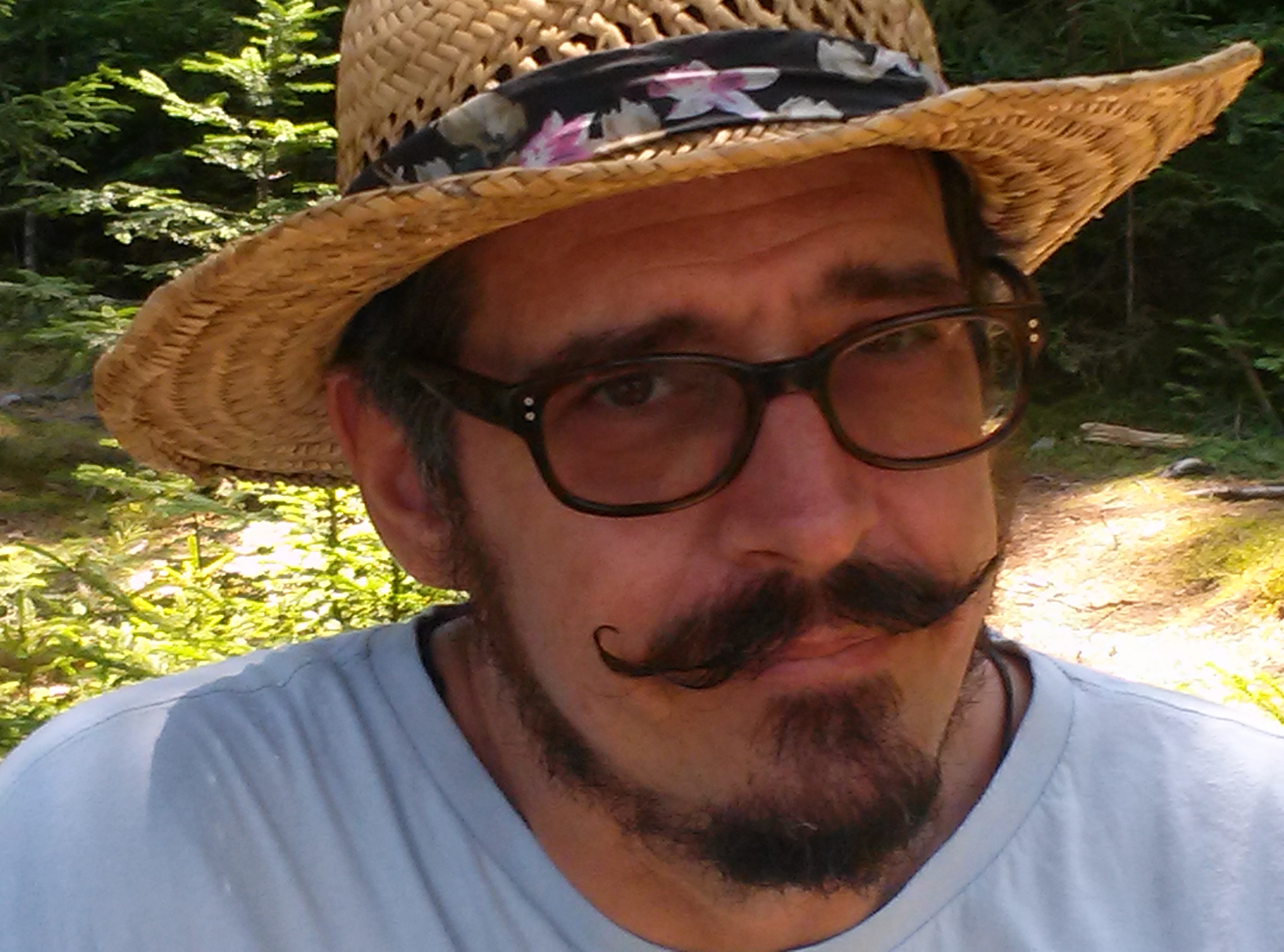
The third cohort of Young Sustainable Impact, an Oslo-based youth innovation program with a mission to empower the youth to solve the sustainability challenges by creating measurable impact. (Antonio Stark)

The third cohort of Young Sustainable Impact, an Oslo-based youth innovation program with a mission to empower the youth to solve the sustainability challenges by creating measurable impact. (Antonio Stark)
Instead of being asked what we want to be when we grow up, youths should be asking ourselves: “What do I want to create?” Breakthrough innovation is about ditching idealism and theories that we discuss only inside the classroom in order to hack the real world for sustainable solutions.
Young Sustainable Impact is an Oslo-based youth innovation program with a mission to empower youths to solve the sustainability challenges by creating measurable impact. Norway itself is the cradle of sustainable policy-making, ranking number one in the world for initiatives like tax-free electric vehicles.
But even here the young are sick of greenwashing. “We’ve heard a lot of talking from businessmen and politicians—but where’s the action?” asks Marcus Bruns, 26, chief executive officer of YSI. And thus, YSI was born with a simple phrase: makers gonna make.
“Our starting point was to see what would happen if you brought together the smartest young minds of our time to tackle the sustainability challenges,” says Bruns.
When a friend told me that YSI was “run by a bunch of 20-year-olds in Norway,” I was sold.
I joined 20 other talented youth in YSI’s third batch. In teams of three, we worked together in a five-month online innovation program culminating with a two-week conference in Oslo in August 2018 to pitch our start-ups. Some of the innovations included smart toilet sensors, vegan kombucha leather, and even an Uber-like trash pickup service.

After being part of the third cohort and witnessing how YSI is reinventing innovation for the future, I have four main takeaways for how we can innovate and reclaim the reigns of sustainability:
According to YSI innovation director Didrik Strohm: “Statistically, the best and most successful start-up founders are between the ages of 45 and 47.”
That’s why we need experienced entrepreneurs to collaborate with youths and share their experiences to reduce a dismal nine out of 10 startup failure rate. But in my experience, a mentor or founder will usually ask a young person questions about their start-up as a lead-in to a pre-packaged lecture, not to construct a dialogue.
Since the younger generation gets branded as naïve and idealistic by seasoned experts in an industry, YSI advocates for an equal setting for all ages to work together. A mentor might walk into a meeting expecting to give advice for digital marketing, and leave having learned about a simple but elegant billboard bed campaign in Pakistan from a participant.
Strohm adds: “They [experts] know everything inside that field, but more often than not, those people don’t change systems. They keep grinding along the same path, which is why we need both old and young together.”
Rather than emulating the cutthroat environment of Silicon Valley, where intellectual property must be guarded under legal writ, YSI is capitalising on collaboration.
The sustainability issues that each team is working on has little risk of being crowded out. Two waste management projects will find more than enough trash to go around in the developing world. And it may take more than one start-up to disrupt the $100 billion leather industry. When Team 7 unexpectedly sold 4,000 t-shirts made from recycled plastic bottles in less than a week, fintech expert Louis Wouters from Team 1 was more than happy to sit with them and help write up their financials.
Participant Usama Tauqeer from Pakistan affirms: “There are start-ups that go in to win competitions, and there are start-ups that go on for the long-term and then monetise. I prefer to be the latter.”
Our task as the last generation with a shrinking window for action on climate change is not to save the world, but to build the things we really need for a thriving, sustainable planet.
The majority of YSI participants have never pitched in front of high-level investors to acquire seed funding. Getting people twice your age to buy into somewhat crazy, futuristic concepts is a daunting task. And without investor money, it can seem like those dreams will never take off.
But what Strohm advises is to flip the power asymmetry if need be. We approached investors not as streams of cash flow, but as partners taking equity in our companies. Start-ups could frame the ask to an investor as:
“This is something I’m going to do anyway, and we need to find out; are we the right fit for each other?”
By doing that, the 20-year old participant is protecting his or her status and the importance of the proposition, and should also be ready to walk out of the room if that goes south.
But start-ups needs to know their audience to play hardball. A tactic like this, which might work in Norway or the US, might not work in Japan.

Despite the science of innovation that we may read dozens of books on, or hear countless TED talks about, the market is ultimately the best teacher for what solutions work. YSI advocates breakthrough innovation, and yet the least innovative start-up this year got the most traction. A team making mixed fiber and plastic t-shirts broke US$60,000 in revenue during the two weeks in Oslo. Companies like Patagonia have been making such products since 1993, and the team still faces criticism that they are contributing to one of the most polluting industries in the world—fashion.
The most successful product is the most easily understood. T-shirts are simple to wear, sell, and advertise. Rolling out a brand-new platform or patenting an invention may take more time to gain traction. Finding this this sweet spot for innovation means combining simplicity with market need.
Systemic changes are difficult to build a product out of, and harder still to sell. A practical lesson is breaking away from the idealism we strive for in silver-bullet solutions, and making impactful products people will use.
Our task as the last generation with a shrinking window for action on climate change is not to save the world, but to build the things we really need for a thriving, sustainable planet.
Visit the YSI Global website and follow these teams’ development into full-fledged start-ups in the months to come.
—
This story was originally published on Eco-Business and reproduced with permission.